4 Ways to Unlock Your Home Equity
Zach Silverman | January 1, 2025
If you’ve owned your home for several years, chances are its value has increased significantly. One of the greatest advantages of homeownership is the ability to build equity, offering financial security and flexibility. With home values rising across Canada, many homeowners are sitting on untapped wealth—but are you making the most of your home equity?
What is Home Equity?
Home equity is the difference between your property's market value and the amount you still owe on your mortgage. For example, if your home is worth $650,000 and you owe $150,000, you have $500,000 in home equity.
Many homeowners overlook home equity as a financial resource when planning their long-term finances. However, accessing your home equity can provide opportunities to consolidate debt, invest, or cover unexpected expenses. At Silverman Mortgage, we specialize in helping homeowners explore the best mortgage solutions to unlock their home’s potential.
4 Ways to Access Home Equity
If you want to remain in your home while tapping into your equity, consider these four mortgage options:
1. Mortgage Refinance
Refinancing your mortgage allows you to borrow up to 80% of your home’s value, assuming you qualify. This option is ideal if you want to lower your interest rate, access additional funds, or consolidate debt.
For example, if your home is valued at $500,000 and you owe $300,000, a refinance at 80% would allow you to borrow up to $400,000. After paying off the initial $300,000 mortgage, you would have $100,000 (minus any refinancing costs) available to use as needed.
Even if your home is mortgage-free, you can still refinance to access cash based on your home’s equity.
2. Reverse Mortgage
A reverse mortgage is a great option for Canadian homeowners aged 55 and older who want to access tax-free cash without monthly mortgage payments. You maintain ownership of your home, and repayment is only required when you sell or move.
While you won’t be able to borrow up to 80% of your home’s value, the amount you qualify for depends on factors like your age and property value. Interest rates are slightly higher than traditional mortgages, but the ability to free up cash without immediate repayments offers financial flexibility.
3. Home Equity Line of Credit (HELOC)
A HELOC allows you to access your home’s equity while only paying interest on the amount you use. Unlike a mortgage, a HELOC doesn’t typically have a set repayment schedule, and you only make payments on the borrowed amount.
Qualifying for a HELOC can be challenging due to stricter lender criteria, but if you meet the requirements, it’s a flexible way to have funds available for when you need them.
4. Second Mortgage
If breaking your current mortgage is too costly, a second mortgage can provide access to funds before your existing mortgage renews.
A second mortgage has a set term and a fixed interest rate, typically higher than conventional financing. However, it allows you to borrow against your home equity while keeping your primary mortgage intact. You’ll need to make regular payments until the second mortgage is repaid.
Find the Best Home Equity Solution with Silverman Mortgage
Accessing your home equity can provide financial relief and new opportunities. Whether you're considering a refinance, HELOC, reverse mortgage, or second mortgage, our team at Silverman Mortgage is here to help.
Contact us today to explore the best mortgage solution tailored to your needs. Let’s unlock your home’s potential together!





